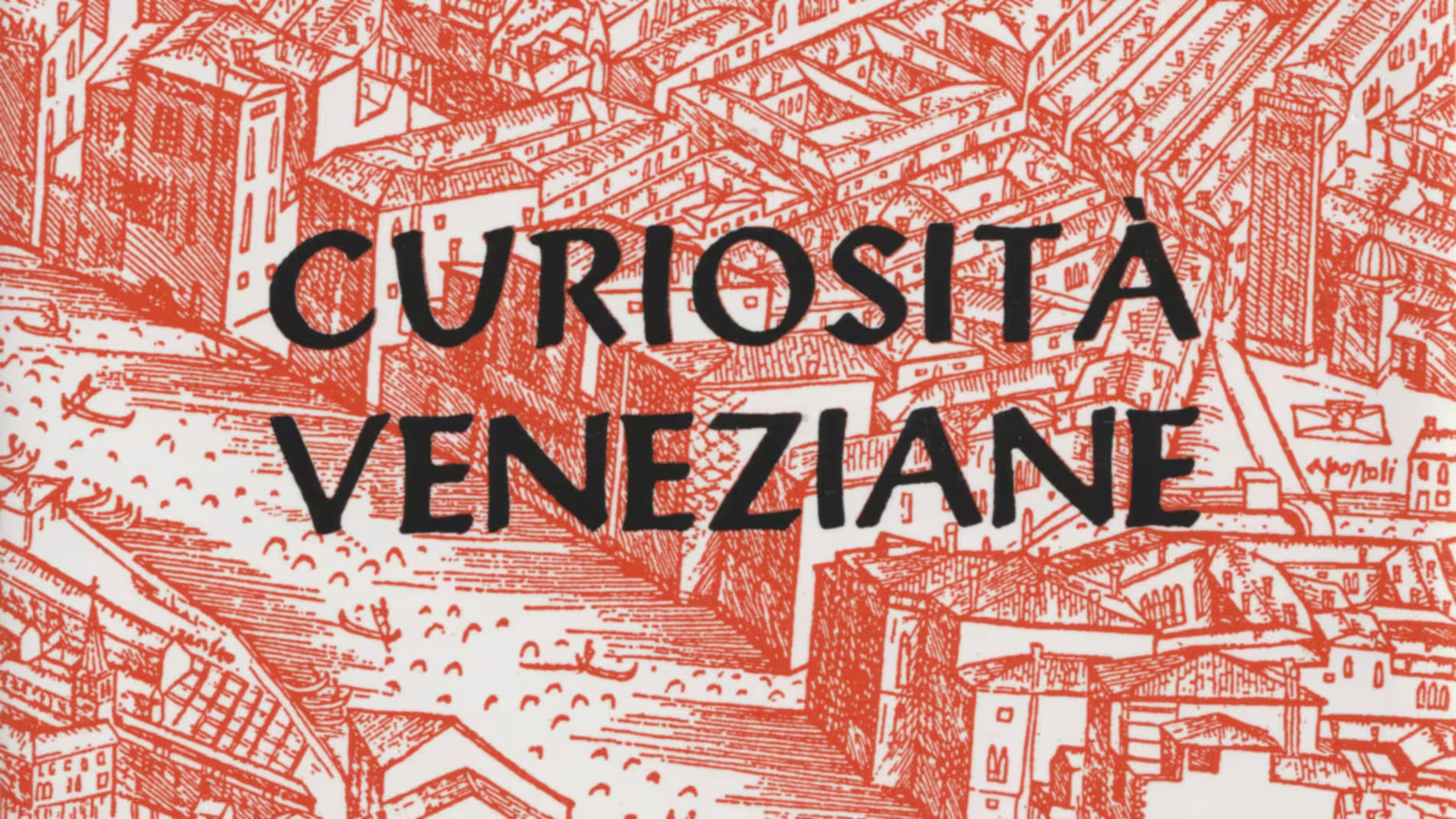Castello (Sestiere, Canale di)
Curiosità Veneziane by Giuseppe Tassini is the go-to book for information on Venetian toponyms, and a treasure trove of curious historical titbits. First published in 1863, it is still being reprinted regularly.
There is no English translation of the book, so I will translate selected entries on this site, whenever they’re used as sources for articles.
Castello (Sestiere, Canale di). Castello was in ancient times one of the major islands on which Venice arose, and it had this name either because the first inhabitants found the ruins of that ancient castle which, according to the historian Livy, Antenore guide of the Eneti, built at the bottom of the Adriatic Gulf, or, more probably, because a castle was erected above it in later times to defend the Realto islands, and to guard the nearby port of S. Nicolò. From this castle detached, as Filiasi (Memorie Storiche dei Veneti Primi e Secondi)1 opines, that wall which, out of fear of the Hungarian Tartars, the doge Pietro Tribuno had raised around 906, and which reached as far as S. Maria Zobenigo, where a large iron chain intercepted the passage to the enemy ships. The island we are talking about was also called in the early days, Olivòlo either due to the configuration of the land resembling an olive tree, or due to the abundance of olive trees, or due to a large olive tree springing into Campo S. Pietro, or because the castle was small, and therefore it was called pagos oligos, in the Greek style. Olivolo, or Castello, was since 774 a bishopric which, after the abolition of the patriarchate of Grado, became patriarchal in 1451, and in 1807 it was transferred to S. Marco. In Olivolo a famous market was held on Saturday every week, immune, by concession of the tribunes, and the first doges, from any tax, and such as to be able to compete with those of Pavia and Campalto, counted at the time among the main ones in Italy .
Giovanni and Sebastiano Caboto, daring Venetian travellers of the 15th century, lived in Castello, in memory of whom a plaque was recently placed at the entrance to Strada Garibaldi.
Notes
Lino Moretti, in the notes to the 7th and later editions of Curiosità Veneziane, adds this:
Olivolo « appears in reality to be derived from OLIVUM: maybe from a diminutive form: compare the veneto Perarólo, the ferrarese Ficarólo etc.» (D. OLIVIERI, Toponimi preromani e romani dell’ Estuario veneto, Roma 1938, p. 11). The first documented use of the toponym Castello is from 971 (see Cressi, Documenti, II, n. 49).
Footnotes
- Filiasi, Giacomo. Memorie storiche de’ Veneti primi e secondi di Jacopo Filiasi. Tomo 1[-7]. Padova, Tipografia del Seminario, 1811. ↩︎


Leave a Reply